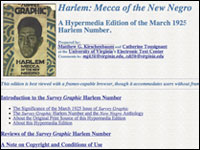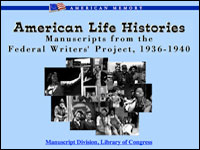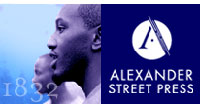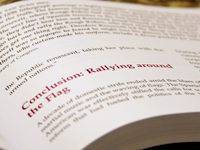Written history, whatever the concern for objectivity, is inevitably shaped by the perspectives of its authors. Consequently, the first move historians often make when approaching a document is to identify its author. Yet in the high school history classroom where the impersonal voice of textbooks is often the norm, students can be unaware of the importance of author. As a result, students can see history as a story to be learned and recited rather than a mosaic to be assembled, rearranged, and interrogated.
In designing this study, Richard J. Paxton of Pacific University hypothesized that the presence of a visible author would change the way students read texts. But, he wondered, would it also influence the way they constructed historical understandings? Would it transfer to other texts and to the act of writing? To find out, he designed an experiment in which he worked with 30 high school sophomores and juniors to explore what effect authorial presence had on a reading to write task.
What Paxton found was that students from the visible author group said more than twice as much about the documents as their counterparts...
Exploring the murder of Julius Caesar, students were divided into two groups. The first group read an authoritative textbook narrative by an anonymous author followed by a set of six documents written from various perspectives. The second group read a text containing similar information but featuring a more visible author; they then read the same set of six documents. Students were then asked to write one-to-two page essays.
What Paxton found was that students from the visible author group said more than twice as much about the documents as their counterparts, they referred to authors more than three times as often, and they were more than twice as likely to attempt to interact with authors. In their own writing, students who read the visible author text also tended to write longer essays, ask more questions, and think more deeply about the historical events in question.
Interacting with texts
Students from the experimental group began with a first-person account rather than an omniscient textbook account. Having thus “primed the pump,” these students displayed greater interaction with documents and reflected a higher degree of interest. While Paxton was not surprised to see students make more interactive comments while reading the first text, he was surprised to find that this extended to the six documents that students read afterwards. Further, in their own writing students displayed higher levels of interaction with texts and authors and wrote longer and more substantive essays.
Awareness of authors
Students from the experimental group also interacted more with the authors of their six documents. Working with the same texts as their counterparts, this group paid more attention to authorship, evaluating style, speculating on author trustworthiness, and reflecting on the various perspectives offered. In their essays students were not only more likely to demonstrate recognition of audience but also displayed higher degrees of personal agency and original thinking.
Asking Questions
Overall, students who first read the visible author text tended to ask more questions than those who began with third-person textbook narratives. As they read subsequent documents they considered the purposes and goals of each text and, recognizing competing narratives, tried to place them within the context of the historical issue as a whole. In their essays the trend continued, with students from the experimental group asking 12 questions to the one asked by their counterparts in the control group.




